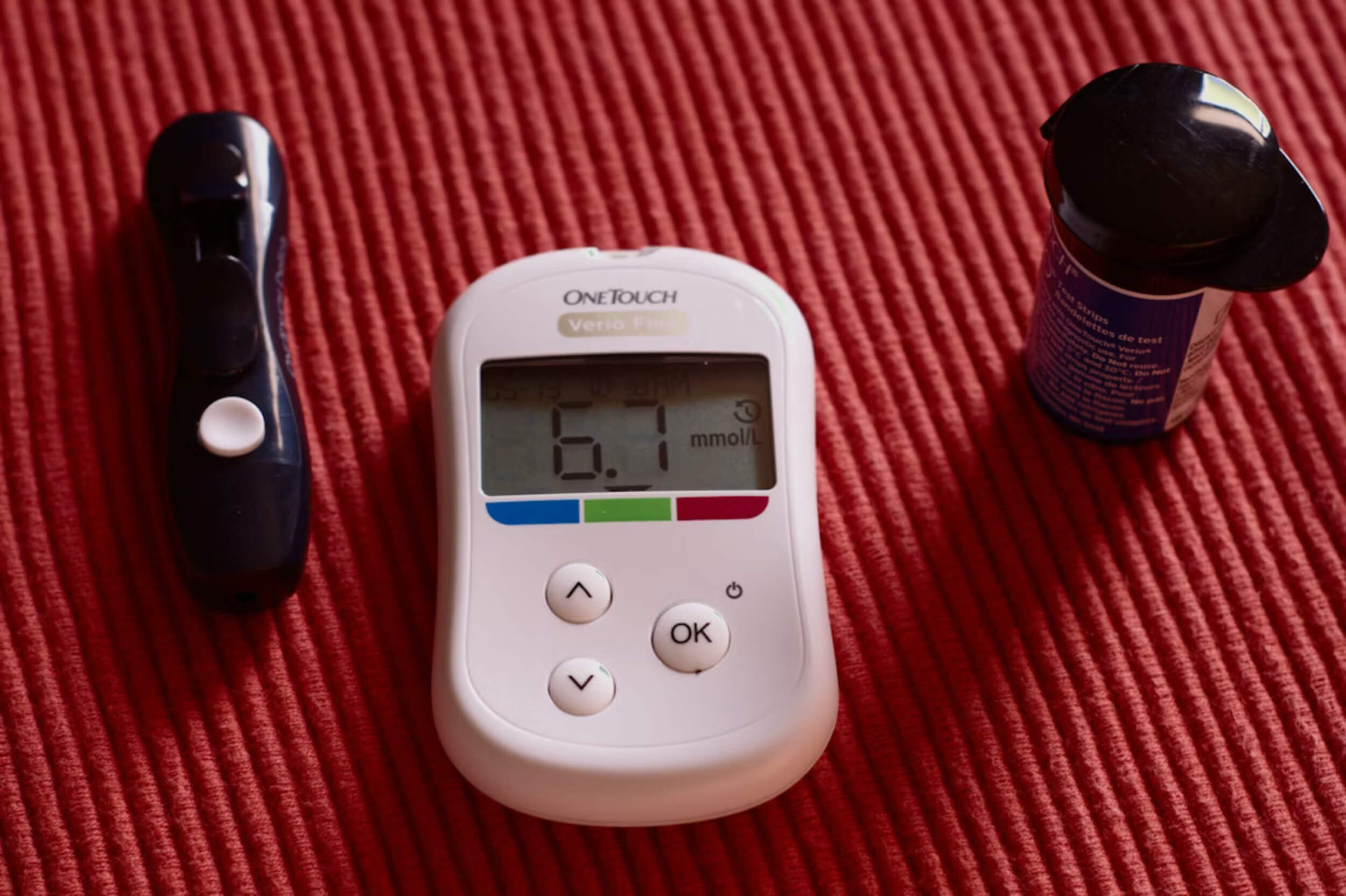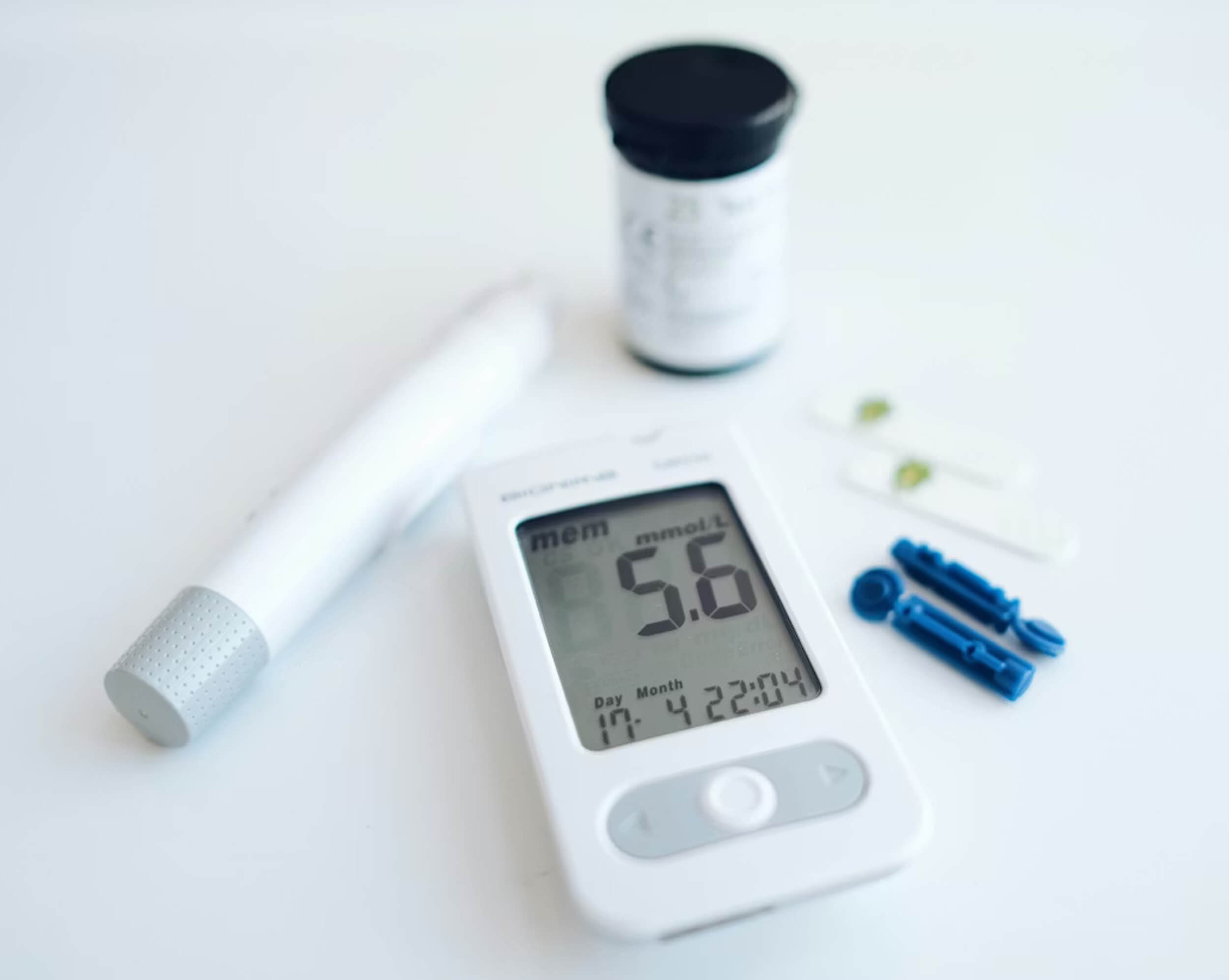Anemia is more common than most people think, and it often goes unnoticed until symptoms become too hard to ignore. It happens when the body doesn’t have enough healthy red blood cells or hemoglobin, the protein that helps carry oxygen through the blood. Without enough of it, the body struggles to get the oxygen it needs, leaving you feeling tired, weak, or even short of breath.
Millions of people around the world deal with anemia, and it can come from different causes. Some struggle with low iron or vitamin B12 levels, while others develop it due to chronic illnesses or even genetics. No matter the cause, the signs of anemia can affect daily life in ways you might not expect.
Spotting the warning signs early can help prevent bigger health problems. Some symptoms might seem minor at first, but when they add up, they could point to something more serious.
1. Unusual Fatigue and Weakness
Feeling tired once in a while is normal, but when exhaustion sticks around no matter how much rest you get, it could be one of the signs of anemia. Red blood cells carry oxygen to every part of the body, and when there aren’t enough of them, your muscles and organs don’t get the energy they need. This makes even simple tasks feel harder than usual.
Waking up feeling drained, struggling to focus, or getting tired from activities that used to be easy are all warning signs. Some people also feel physically weak, like their body just doesn’t have the strength it used to.
Eating more iron-rich foods like spinach, red meat, and beans can help boost red blood cell production. In some cases, a doctor might suggest iron or vitamin B12 supplements to help with low levels. Paying attention to lingering fatigue and making the right changes can prevent it from turning into a bigger health issue.
2. Shortness of Breath and Dizziness
Walking up a few steps or standing too quickly shouldn’t make you feel lightheaded, but when it does, it could be one of the signs of anemia. Red blood cells help carry oxygen throughout the body, and when there aren’t enough, the lungs and heart try to work harder. This can leave you feeling short of breath even with mild activity.
Feeling dizzy, weak, or even fainting after standing up too fast could also be a sign. The brain isn’t getting enough oxygen, which can cause a sudden wave of lightheadedness.
Eating iron-rich foods like lentils, spinach, and fortified cereals can help support red blood cell production. Moving slowly when standing and staying hydrated may also reduce dizziness. If these symptoms don’t go away or seem to get worse, checking with a doctor is the best way to find out what’s causing them.
3. Pale Skin and Brittle Nails
Looking in the mirror and noticing that your skin looks paler than usual? This could be one of the signs of anemia. Red blood cells give skin its natural pink tone, and when levels drop, skin can appear dull or washed out. This can happen all over the body, but it’s most noticeable on the face, lips, and inside the lower eyelids.
Nails can also show warning signs. Brittle, weak nails that break easily or develop ridges might mean your body isn’t getting enough iron. In some cases, nails can take on a spoon-like shape, curving upward at the edges.
Eating more iron-rich foods like red meat, poultry, and shellfish can help improve iron levels. If pale skin or brittle nails persist, a doctor may suggest blood tests to check for anemia. Paying attention to these small changes can make a big difference in catching the condition early.
4. Chest Pain and Irregular Heartbeat
A racing heartbeat or chest pain can be alarming, and in some cases, they could be signs of anemia. When oxygen levels are low, the heart has to pump harder to get enough oxygen through the body. This extra effort can lead to palpitations, an irregular rhythm, or even discomfort in the chest.
Some people notice their heart pounding after light exercise, while others feel it fluttering even at rest. If anemia is severe, it can put extra strain on the heart, increasing the risk of complications over time.
Eating iron-rich foods like beans, fish, and dark leafy greens may help support heart function. It’s also important to avoid excessive caffeine or stress, which can make palpitations feel worse. If chest pain or an irregular heartbeat happens frequently, seeing a doctor is essential to rule out serious heart-related issues.
5. Cold Hands and Feet
Feeling cold even when everyone else is warm? That could be one of the signs of anemia. When red blood cell levels are low, circulation slows down, especially to the hands and feet. This can make fingers and toes feel cold, tingly, or even numb.
Some people also notice their skin turning pale or bluish in colder temperatures. Poor oxygen flow can make it harder for the body to regulate warmth, leaving extremities icy even when the rest of the body feels fine.
Wearing warm socks and gloves can help keep hands and feet comfortable, but improving iron levels is the best way to fix the root cause. Eating more lentils, nuts, and iron-fortified grains can help increase red blood cell production. If cold hands and feet are constant, checking with a doctor can help find the best way to improve circulation.
6. Frequent Headaches and Brain Fog
Struggling with constant headaches or feeling mentally sluggish? These could be signs of anemia. When the brain doesn’t get enough oxygen, it can trigger headaches that don’t seem to go away. Some people also experience brain fog, making it hard to concentrate or remember things.
Headaches caused by anemia often feel dull and persistent rather than sharp and sudden. They may get worse after physical activity or when standing up too quickly. In some cases, low oxygen levels can also lead to migraines.
Drinking plenty of water and eating iron-rich foods like beef, eggs, and leafy greens can help improve circulation. Getting enough vitamin B12 is also important, as it supports brain function. If headaches or brain fog continue despite making changes, checking iron levels through a blood test may provide answers.
7. Unusual Cravings (Pica Syndrome)
Craving ice, chalk, or even dirt? This strange urge could be one of the signs of anemia. When the body lacks iron, it sometimes leads to cravings for non-food items, a condition called pica. While chewing ice might seem harmless, persistent cravings for things like paper, clay, or baking soda could signal a bigger problem.
Some people with anemia don’t realize their cravings are unusual until they find themselves eating things with no nutritional value. These cravings don’t fix the iron deficiency but can be a red flag that the body is missing something important.
The best way to address this is by increasing iron intake through foods like lean meats, beans, and dark leafy vegetables. If cravings become intense or hard to control, speaking with a doctor can help determine if an iron supplement is needed. Ignoring this symptom could allow anemia to worsen over time.
8. Leg Cramps and Restless Leg Syndrome
Uncomfortable leg cramps or an urge to move your legs at night might be one of the signs of anemia. Low iron levels can cause muscles to work overtime, leading to painful cramps, especially in the calves. Some people also experience restless leg syndrome (RLS), a condition that makes it hard to stay still, especially when trying to sleep.
The sensation is often described as a crawling or tingling feeling deep in the legs. This can make it difficult to fall asleep, leading to exhaustion and discomfort. Over time, the lack of quality rest can make anemia symptoms even worse.
Stretching before bed and staying hydrated can help relieve some of the discomfort. Eating more iron-rich foods like turkey, tofu, and fortified cereals can also support muscle health. If leg cramps or RLS symptoms become persistent, a doctor can check iron levels and recommend the best treatment options.
Final Thoughts on Recognizing Anemia Symptoms
Ignoring the signs of anemia can lead to bigger health problems over time. Symptoms might start off mild, but they can get worse if the body continues to struggle with low oxygen levels.
A simple blood test is all it takes to find out if anemia is the cause. Catching it early makes treatment easier, whether it’s adjusting your diet, taking supplements, or treating an underlying condition.
Eating iron-rich foods, getting enough B12, and staying on top of your health can help prevent or manage anemia. If symptoms like fatigue, dizziness, or pale skin don’t go away, it’s best to see a doctor. Small changes now can make a big difference in the long run.















